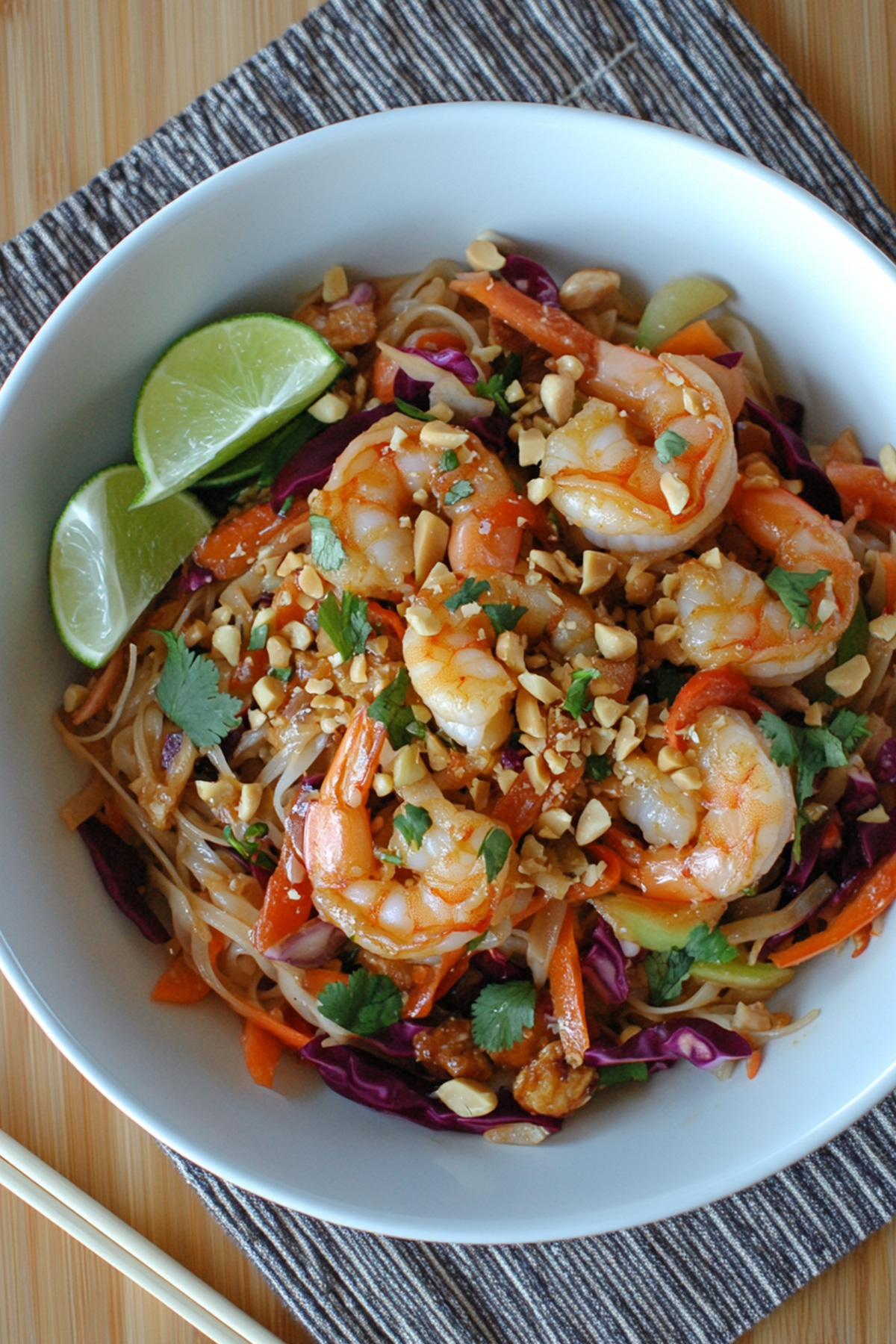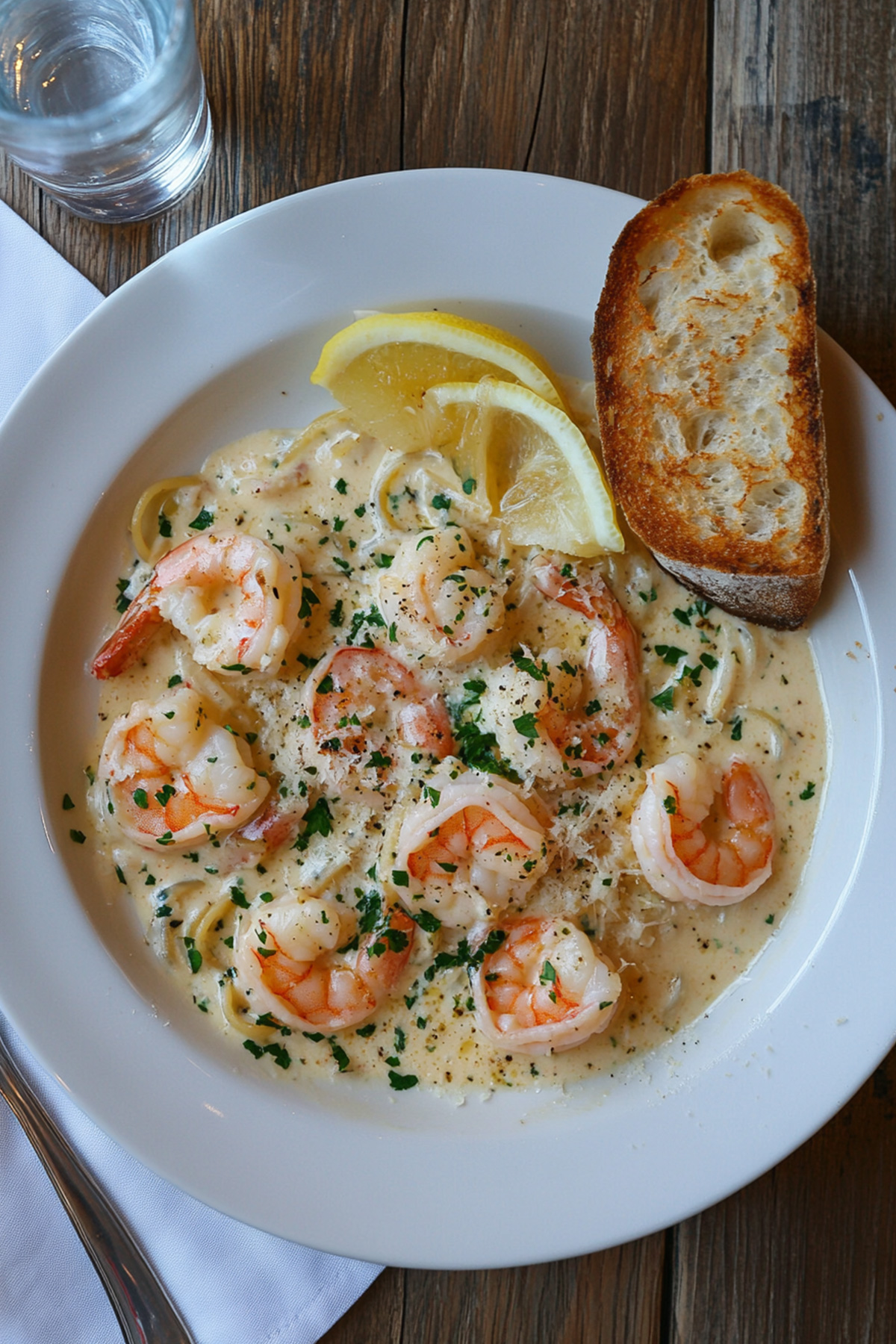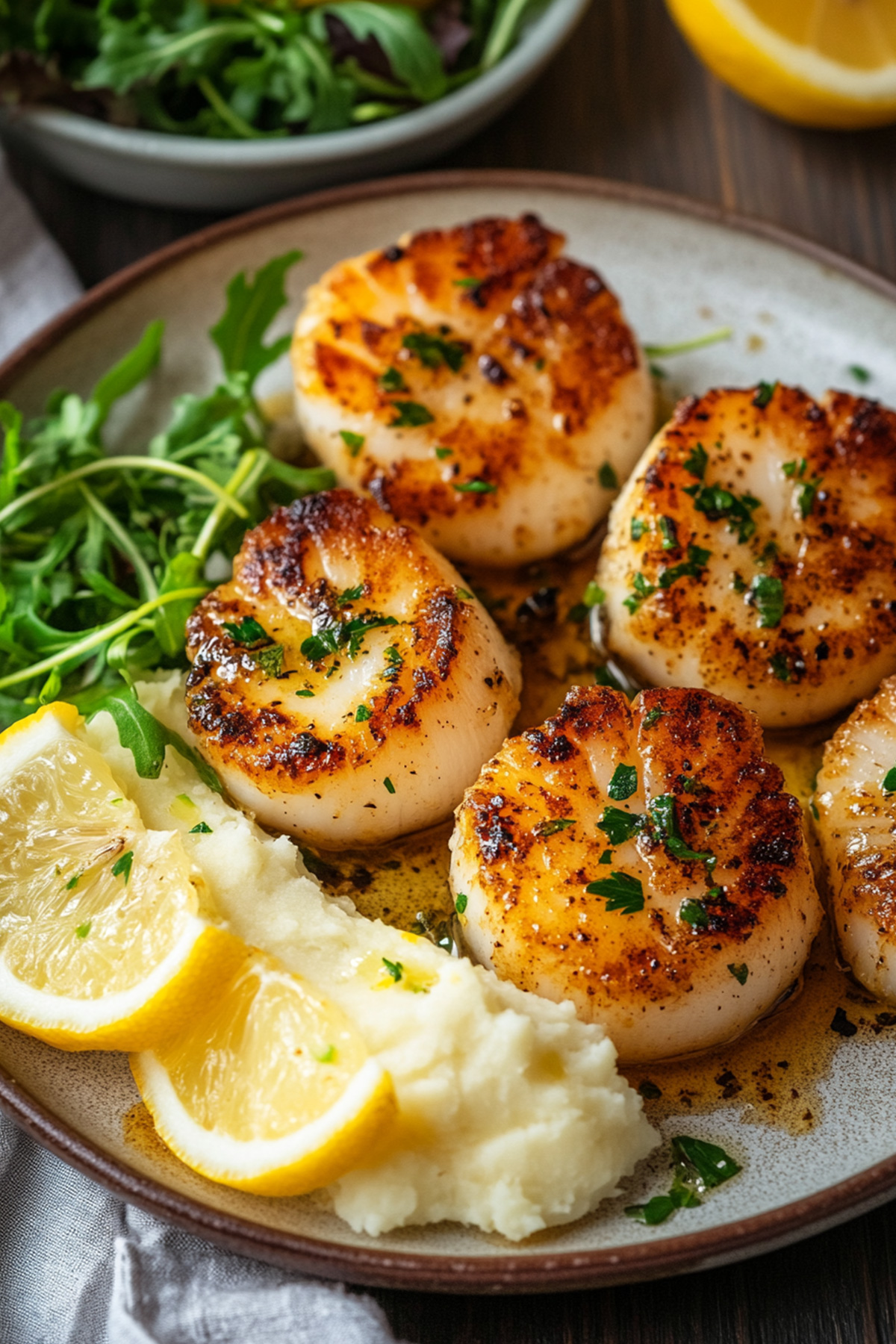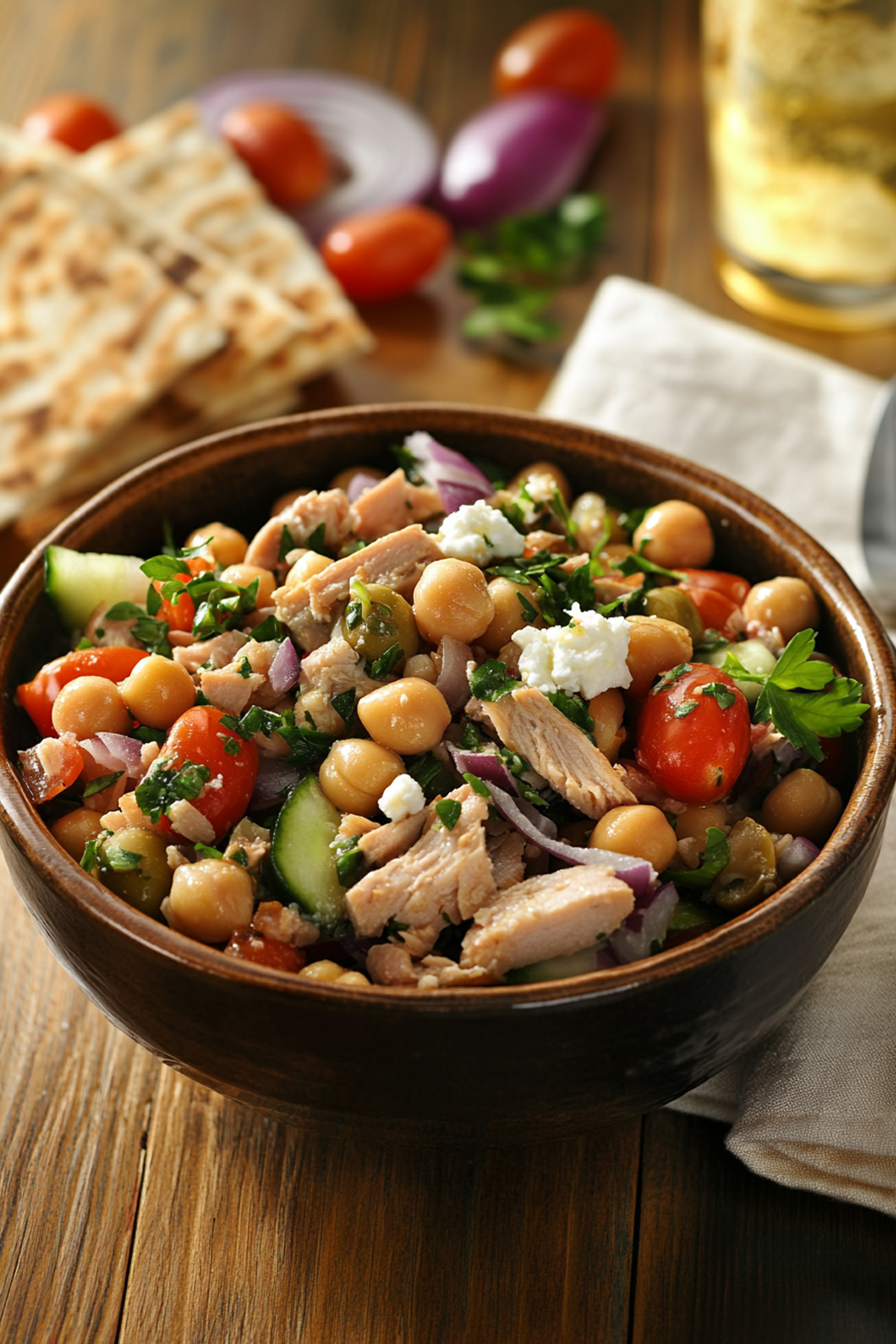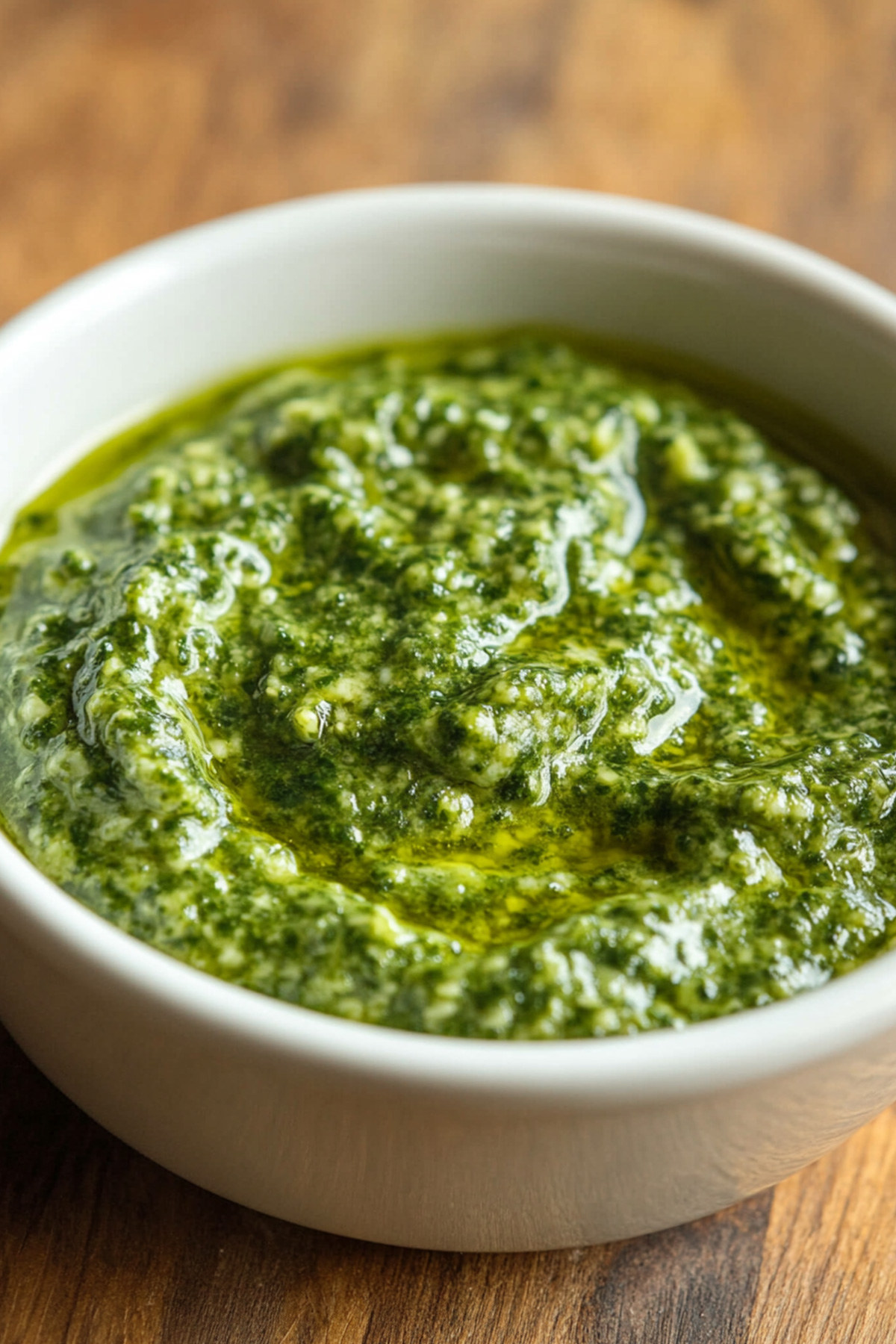Disclosure: As an Amazon Associate and participant in other affiliate programs, we earn from qualifying purchases. We only recommend products we believe will provide value to our readers.
Greek baked fish, also known as Psari Plaki, is a mouthwatering dish that has been a staple of Greek cuisine for generations. This simple yet flavorful recipe brings together the freshness of fish with the vibrant tastes of Mediterranean herbs and vegetables. You’ll love how easy it is to prepare this healthy and delicious meal that captures the essence of Greek cooking.
In this step-by-step guide, you’ll learn how to make authentic Psari Plaki in your own kitchen. We’ll cover everything from picking the right fish to mastering the cooking technique. You’ll also discover variations of the recipe, serving suggestions, and tips to perfect your Greek baked fish. By the end, you’ll be ready to impress your family and friends with this classic Mediterranean dish.
Table of Contents
What is Greek Baked Fish (Psari Plaki)?
Greek baked fish, or Psari Plaki, is a classic dish that showcases the simplicity and flavor of Greek cuisine. “Psari” means fish in Greek, while “Plaki” refers to a cooking technique where food is baked in the oven with plenty of olive oil, vegetables, and herbs. This method results in a delicious and healthy meal that’s popular throughout Greece.
Psari Plaki typically features white fish such as cod, halibut, or sole, layered or covered with an array of vegetables. The most common ingredients include onions, tomatoes, garlic, and herbs, creating a flavorful sauce that complements the fish perfectly. Some variations might include additional vegetables like carrots, celery, or potatoes, depending on the cook’s preference.
What makes Psari Plaki so appealing is its versatility and ease of preparation. You can use whole fish or filets, and the vegetable sauce can be as simple or elaborate as you like. The dish is not only tasty but also nutritious, making it a favorite for both everyday meals and special occasions in Greek households.
Why Psari Plaki is a Popular Dish in Greece
Psari Plaki has a special place in Greek cuisine, and its popularity stems from several factors. Greece’s extensive coastline, stretching nearly 8,500 miles, provides an abundance of fresh fish, making seafood a natural choice for many meals. This geographical advantage, combined with religious traditions, has made fish an integral part of Greek cooking.
The simplicity of Psari Plaki is another reason for its widespread appeal. This baked fish dish showcases the essence of Greek cuisine – fresh ingredients, aromatic herbs, and quality produce. It’s a perfect example of how Greek cooking can transform simple components into a flavorful and satisfying meal.
Psari Plaki is also versatile, allowing for variations in ingredients and preparation. While it typically includes onions, tomatoes, and olive oil, cooks can add their own touch with different herbs and spices. This adaptability makes it a favorite for both everyday meals and special occasions.
Moreover, Psari Plaki embodies the Greek tradition of hospitality. It’s often served at family gatherings and festive events, fostering a sense of community and warmth. The dish reflects the Greek ethos of “filoxenia,” or love of strangers, making it a symbol of Greek culinary culture.
How to Choose the Best Fish for Psari Plaki
When preparing Greek baked fish, or Psari Plaki, selecting the right fish is crucial to the dish’s success. You’ll want to opt for a firm white fish that can hold up well during baking. Cod and halibut are excellent choices for this Greek cuisine classic. These fish varieties have a mild taste that pairs perfectly with the bold flavors of the sauce.
If you’re looking for alternatives, sole can work well too, although it’s not as firm as cod or halibut. Other options include haddock, snapper, tilapia, bass, or grouper. In Greece, sea bream (tsipoura) is a popular choice for Psari Plaki.
When selecting your fish, consider using wild-caught varieties if your budget allows. However, don’t worry if that’s not an option – any white fish that’s economical and readily available in your area will work just fine for this recipe.
If you’re using frozen fish, make sure to thaw it in the fridge overnight before cooking. This ensures that the fish cooks evenly and maintains its texture. Remember, the quality of the fish you choose will have a significant impact on the final taste of your Psari Plaki, so choose wisely!

Greek Baked Fish (Psari Plaki)
- Total Time: 1 hour 5 minutes
Ingredients
- 2–3 pounds of white fish filets (cod, halibut, or snapper work well)
- 2 large onions, thinly sliced
- 3–4 cloves of garlic, minced
- 1 green bell pepper, sliced
- 1 can (14 ounces) of diced tomatoes or 2–3 ripe fresh tomatoes
- 1/2 cup of extra virgin olive oil
- 1/2 cup of dry white wine
- 1 lemon, sliced
- 1/4 cup of Kalamata olives, pitted
- 1 handful of fresh parsley, chopped
- 1 teaspoon of dried oregano
- 1 teaspoon of paprika
- 1/2 teaspoon of ground cumin
- Salt and pepper to taste
Optional ingredients to enhance your Psari Plaki:
- 1 zucchini, thinly sliced
- 1 cup of cherry tomatoes, halved
- 1/2 cup of fresh basil leaves
- 1 teaspoon of honey for a touch of sweetness
These ingredients come together to create the perfect balance of flavors in this traditional Greek dish. The combination of fresh fish, aromatic herbs, and vibrant vegetables makes Psari Plaki a true representation of Greek cuisine.
Instructions
Step 1: Preheat your oven to 350°F (175°C).
Step 2: In a large pan, heat olive oil over medium heat. Add sliced onions, leeks, and garlic. Sauté until soft, about 5 minutes.
Step 3: Add diced tomatoes, salt, pepper, and oregano. Cook for an additional 5 minutes.
Step 4: While the sauce simmers, season your fish filets with salt, pepper, and a squeeze of lemon juice.
Step 5: If using an oven-safe pan, nestle the fish into the tomato mixture. Otherwise, transfer the mixture to a baking dish and place the fish on top.
Step 6: Pour white wine over the fish and vegetables.
Step 7: Scatter Kalamata olives around the fish.
Step 8: Bake in the preheated oven for 40-50 minutes, or until the fish flakes easily with a fork.
Step 9: Remove from the oven and sprinkle with fresh parsley.
Step 10: Serve your Psari Plaki hot, accompanied by crusty bread and feta cheese if desired.
This simple process results in a delicious Greek baked fish dish that’s sure to impress.
- Prep Time: 15 minutes
- Cook Time: 50 minutes
- Category: Seafood
- Method: Baking
Variations of Psari Plaki
While the classic Greek baked fish recipe is delicious on its own, you can experiment with various ingredients to create unique versions of Psari Plaki. One popular variation involves adding extra vegetables to the sauce for more flavor and volume. You can include chopped celery, fennel, potato wedges, or carrot slices to enhance the dish’s taste and texture.
Some cooks like to incorporate artichoke hearts, raisins, or capers into the sauce, giving the dish a new dimension of flavor. Another interesting twist is to prepare Psari Plaki without sauce. Instead, you can arrange sliced vegetables like onions, carrots, potatoes, lemons, and tomatoes in an oiled baking dish, season them well, and place the seasoned fish filet or whole fish on top. Pour wine around the dish, sprinkle with parsley, and bake.
For a heartier version, you can add tomatoes and potatoes to the traditional recipe. Some people enjoy combining both dill and parsley for added freshness. Don’t hesitate to experiment with other herbs and spices like garlic powder, paprika, or lemon zest to customize your Greek baked fish. Remember, the key to a delicious Psari Plaki is using fresh, high-quality ingredients and letting the Mediterranean flavors shine through.
Serving Suggestions for Greek Baked Fish
When it comes to serving your delicious Greek baked fish, or psari plaki, you have many options to create a complete and satisfying meal. A classic choice is to pair it with some crusty bread, perfect for soaking up the flavorful sauce. For a heartier option, serve your Psari Plaki over a bed of fluffy rice or Greek lemon rice, which complements the dish beautifully.
If you’re looking for a low-carb alternative, consider serving it with cauliflower rice or zucchini noodles. These options allow the flavors of the Greek baked fish to shine while keeping the meal light and healthy.
For a traditional Greek spread, accompany your Psari Plaki with lemony Greek potatoes. These potatoes, cooked with lemon juice, oregano, and garlic, offer a perfect balance to the mild white fish. You might also consider adding a side of braised spinach or stir-fried kale with garlic for a nutritious green element.
To round out the meal, a simple Greek salad with fresh vegetables and feta cheese makes an excellent accompaniment. Don’t forget a glass of crisp white wine to complete your Mediterranean feast!
Tips for Perfecting Psari Plaki
To create the perfect Greek baked fish, start by choosing high-quality ingredients. Opt for fresh white fish like cod or haddock, and use ripe tomatoes for the best flavor. When preparing the dish, make sure to slice your vegetables thinly for even cooking. Sauté the onions, garlic, and other vegetables until they’re soft and fragrant before adding the tomatoes.
Seasoning is crucial for a delicious Psari Plaki. Use a combination of salt, pepper, oregano, and a squeeze of lemon juice to enhance the flavors. Don’t forget to season the fish itself before nestling it into the vegetable mixture.
Preheating your oven to the right temperature (around 350°F or 175°C) is essential for even cooking. Bake the dish uncovered for the first part of cooking, then cover it with foil to prevent the fish from drying out.
To check if your Psari Plaki is done, look for flaky, opaque fish that easily separates with a fork. The internal temperature should reach 145°F (63°C). Remember, cooking times may vary depending on the thickness of your fish filets.
Read also: How to Make Perfect Baked Rock Fish
Storing and Reheating Greek Baked Fish
To make the most of your Psari Plaki, it’s important to store and reheat it properly. After enjoying your delicious Greek baked fish, you can store any leftovers in an airtight container in the refrigerator for up to 3-4 days. This will help maintain its freshness and flavor.
When it comes to reheating, you have a few options. The oven method is recommended for the best results. Preheat your oven to 275°F (135°C) and place the fish in a baking dish. Add a splash of water or broth to prevent drying, then cover with foil. Heat for about 15-20 minutes until warmed through.
If you’re short on time, you can use the microwave, but be cautious as it may affect the texture. Place the fish on a microwave-safe plate, cover it, and heat on medium power in 30-second intervals, checking frequently.
For a stovetop option, gently warm the fish in a covered skillet over low heat for 5-10 minutes, flipping once.
Remember, reheated fish won’t taste exactly like it did when freshly cooked, but these methods will help you enjoy your Psari Plaki as a delicious second meal.
The Cultural Significance of Psari Plaki in Greece
Psari plaki holds a special place in Greek culture, representing the heart of Mediterranean cuisine. This Greek baked fish dish showcases the country’s rich culinary heritage and its deep connection to the sea. With Greece’s extensive coastline and numerous islands, seafood has always been a staple in Greek households.
The dish’s popularity stems from its simplicity and versatility. “Psari” means fish in Greek, while “Plaki” refers to a cooking method involving baking with olive oil, vegetables, and herbs. This preparation style reflects the Greek philosophy of using fresh, local ingredients to create flavorful meals.
Psari plaki has become a symbol of Greek hospitality and family traditions. It’s often served during special occasions, such as Palm Sunday, and has been passed down through generations. The dish evokes memories of family gatherings and seaside tavernas, making it a nostalgic favorite for many Greeks.
Beyond its culinary appeal, Psari Plaki embodies the health benefits associated with the Mediterranean diet. Ancient Greek physicians, including Hippocrates, recognized the nutritional value of fish, believing it produced “good blood.” This traditional wisdom aligns with modern scientific understanding of the health benefits of seafood.
FAQs About Greek Baked Fish
Should I cover the fish when baking Psari Plaki?
No, there’s no need to cover the dish. This makes the recipe even easier to prepare.
How do I know when the Greek baked fish is cooked?
Insert a fork into the thickest part of the fish and twist. If it flakes easily, it’s done. The internal temperature should reach 145°F (63°C).
Can I reheat leftover Psari Plaki?
While it’s best eaten fresh, you can gently reheat leftovers in the oven. Cover with foil and warm at 275°F (135°C) for about 15 minutes. Avoid using a microwave as it can dry out the fish.
What type of fish works best for Psari Plaki?
White fish like cod, halibut, or tilapia are excellent choices. These firm fish hold up well during baking and complement the flavors of the dish.
Can I add other vegetables to my Greek baked fish?
Absolutely! While traditional recipes use onions, garlic, and tomatoes, you can add bell peppers, leeks, or celery to enhance the flavor and texture of your Psari Plaki.
Conclusion
Greek baked fish, or psari plaki, is more than just a dish – it’s a journey through Mediterranean flavors and traditions. This simple yet delicious recipe shows how a few quality ingredients can come together to create something truly special. From choosing the right fish to mastering the cooking technique, making Psari Plaki is an experience that brings the warmth and hospitality of Greece right into your kitchen.
Whether you stick to the classic recipe or try out some variations, Psari Plaki is sure to become a favorite in your household. Its versatility makes it perfect for both everyday meals and special occasions. So next time you’re in the mood for a taste of the Mediterranean, give this Greek baked fish a try. You might just find yourself transported to a sunny Greek taverna, enjoying the simple pleasures of good food and good company.




